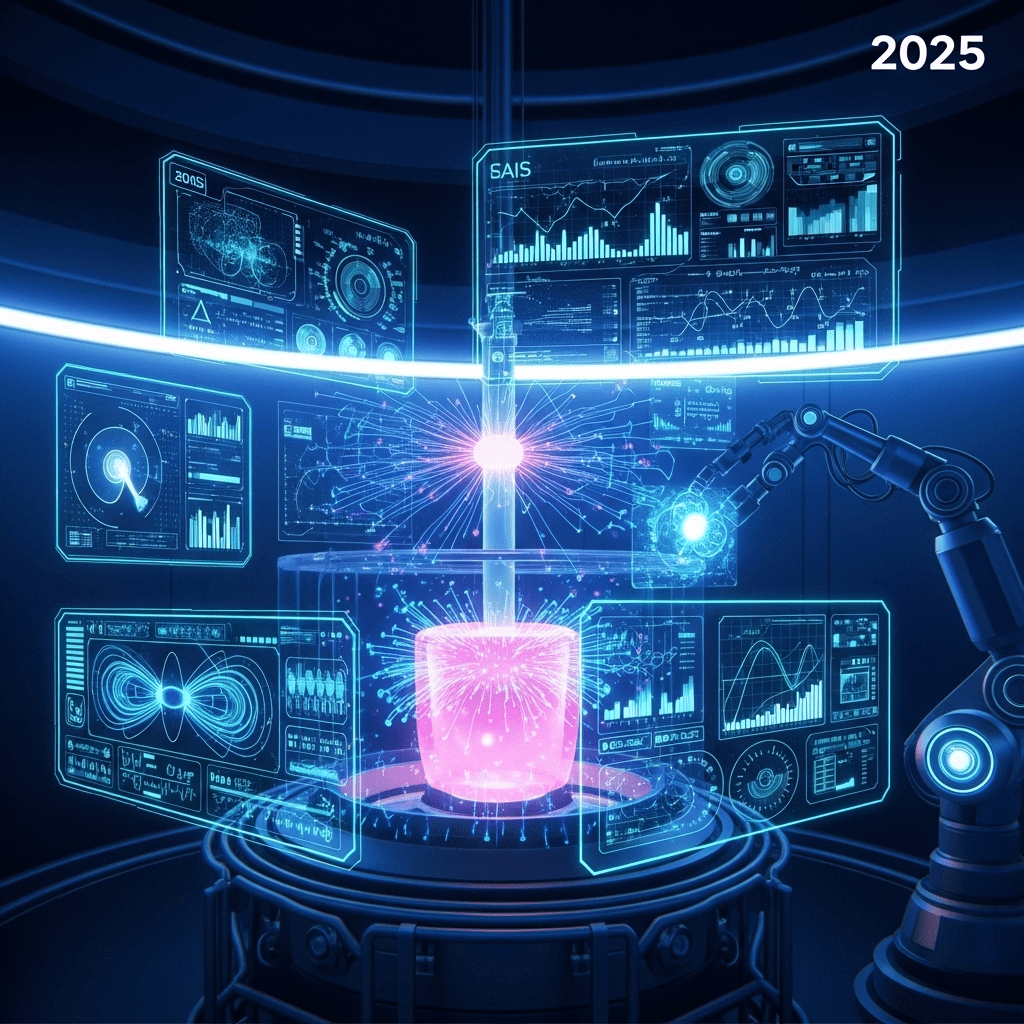The question on the minds of scientists, engineers, and policymakers alike is clear: Can AI solve the nuclear fusion energy puzzle? As we approach 2025, breakthroughs in artificial intelligence are offering new hope in the long pursuit of limitless, clean energy through nuclear fusion. But is AI the missing piece that can finally unlock this revolutionary power source, or are we still decades away?
Understanding the Nuclear Fusion Energy Puzzle
Nuclear fusion has long stood as the holy grail of sustainable energy. Its promise is simple but profound: safely harnessing the same process that powers the stars, offering energy with minimal waste and virtually no carbon emissions. But the challenge is equally monumental. Achieving and sustaining the extreme temperatures and pressures needed for fusion reactions, maintaining plasma stability, and efficiently capturing the energy produced are all scientific and engineering hurdles that have persisted for over half a century.
How AI is Transforming Fusion Research
Data-Driven Solutions for Complex Problems
Modern fusion experiments generate mountains of data every second. Traditional computational methods have struggled to keep up, but artificial intelligence is changing the game. By analyzing complex datasets, AI can detect subtle patterns in plasma behavior, predict disruptive events, and optimize control parameters in real time—tasks that would be prohibitively complex for human researchers alone. In this way, AI bridges the gap between theory and experiment, accelerating progress toward viable fusion power.
Real-Time Plasma Control with Machine Learning
One of the longest-standing challenges in fusion is maintaining the stability of the high-energy plasma within a tokamak or stellarator. Machine learning algorithms are now being trained to interpret sensor data and adjust control systems on the fly, reacting to changes within milliseconds. AI-enhanced control promises to significantly prolong stable fusion conditions, a crucial step toward practical energy generation.
Can AI Solve the Nuclear Fusion Energy Puzzle in 2025?
So, can AI solve the nuclear fusion energy puzzle by 2025? The answer is nuanced. Artificial intelligence is making rapid inroads, dramatically improving the efficiency of experiment design, data analysis, and real-time control. For example, Google’s DeepMind recently partnered with fusion labs to demonstrate reinforcement learning systems that can autonomously manage plasma stability, achieving milestones previously thought decades away.
However, AI is not a magic bullet. Physical limitations, material science challenges, and the enormous scales required for commercial viability remain. AI can optimize and accelerate many processes, but it cannot override the fundamental laws of nature—fusion still requires extreme conditions, robust engineering, and unprecedented energy management solutions.
The Collaborative Road Ahead
The most promising advances will likely emerge from synergy: human ingenuity, advanced engineering, and AI-driven insights coming together in fusion labs worldwide. Multi-disciplinary teams, leveraging cutting-edge AI tools and cross-institutional collaboration, are already laying the groundwork for fusion test plants set to debut in the late 2020s. These efforts could offer proof of concept for a new energy era, albeit not yet at the scale needed to power cities by 2025.
Benefits and Risks of Using AI in Fusion
Unlocking New Efficiencies
AI offers game-changing benefits for nuclear fusion research: faster insight cycles, reduced operational costs, and potentially safer reactors through predictive maintenance. Enhanced simulations allow for more robust designs and improved experimental outcomes, while automated controls reduce downtime from unforeseen plasma disruptions.
Managing the Risks
As with any powerful technology, integrating AI into the heart of nuclear fusion presents its own risks. Overreliance on AI black boxes without interpretability could obscure faults or lead to overconfidence in safety systems. Ensuring robust oversight, transparency, and human input remains essential as AI takes a larger role.
Conclusion: The Path Toward Fusion’s AI-Augmented Future
Can AI solve the nuclear fusion energy puzzle? The answer for 2025 is that AI may not be the ultimate solution by itself, but it is rapidly becoming an indispensable catalyst, driving fusion research toward results once thought unattainable. Through smarter experiments, better data, and real-time control, the ultimate breakthrough may arrive sooner because of AI’s accelerating effect. For now, nuclear fusion continues to represent humanity’s brightest hope for clean energy—and artificial intelligence just may be the key to turning hope into reality.
